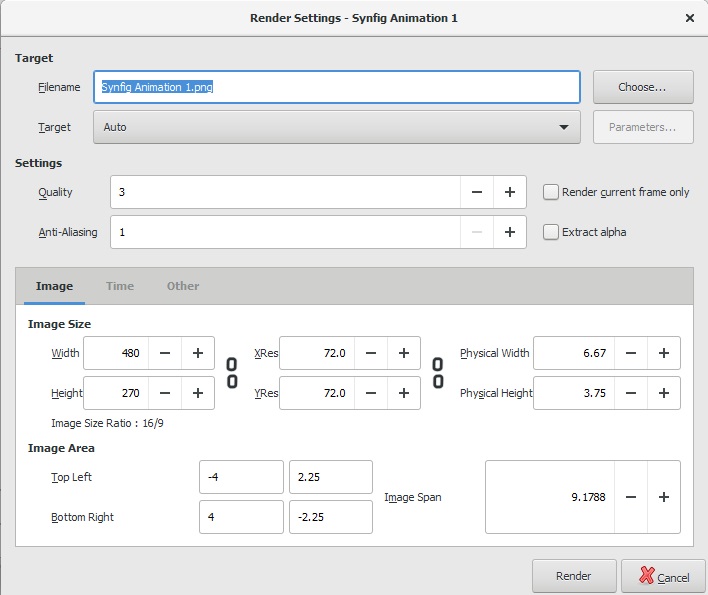

This parameter governs the angle of rotation. Now go to the Rotate Layer parameters dialog and select the Amount parameter. Insert a new Rotate layer (File->Layer->New Layer->Transform->Rotate) just above the hip image layer. Go to the hip group layer and select the hip image layer. Let's start by adding a Rotate Layer to the hip. The head also needs its own individual rotation which won't affect any other limb. This cumulative effect of rotating limbs and sub-limbs is known as the limb hierarchy. The head needs to rotate with the torso and additionally with the hip. When the character's hip is rotated there needs to be an identical rotation of the body. In our current example, the body will rotate relative to the hip and the head relative to the body. Also each sub-limb should rotate relative to its parent and the parent relative to the hip (we use the hip as the root bone). Each limb rotates relative to the hip's rotation. For a simple humanoid character one considers the hip as the center of the rotation of the whole skeleton. You need to have figured out the mechanical framework which the character's movements are bound by the mechanics of the character's skeleton. Layers dialog after grouping Add the Rotate Layersīefore adding the Rotate Layers you should have analyzed your character. This will prevent any accidental modification of the image edges and subsequently avoid any improper image deformation.


It will link all the boundaries of the image layers to maintain them at the same relative position. Make right-click -> Link on each one of the Top-Left, Bottom-Right parameter. It will allow us to do the following: Select all the layers ( Ctrl + click each layer in the layer list) and go to the Top-Left and Bottom-Right parameters (they get greyed) in the parameter list. The bounding boxes of all the layers coincide since I expressly created each image with those dimensions and properly placed. The boundary of each image layer is the rectangle with the green handles shown. When you do the tutorial you'll notice that all the image layers have the same dimensions. After repeating this process for each of the image files of your character you should obtain what is shown below: The power in your hands! Advanced controls allows you to create character puppets and other dynamic structures.This is as simple as going to the Caret Menu and selecting File->Import and the proper file for each part of the character.
#Synfig studio add bones free
Just set the key positions and Synfig does it all for you! Bonesĭo you remember the bones in Lightwave or in 3D Studio Max? Here is free and open source! Full-featured bone system allows to create cutout animation using bitmaps images or control your vector arwork. You can transform any vector shape very easily.
#Synfig studio add bones install
I suggest to install and test it, you will never forget it and you will use it to promote your business with a bit of fantasy and magic.
#Synfig studio add bones software
I find this software amazing and very powerful. It eliminates the need to create animation frame-by frame, allowing you to produce 2D animation of a higher quality with fewer people and resources. Synfig Studio is a free and open-source 2D animation software, designed as powerful industrial-strength solution for creating film-quality animation using a vector and bitmap artwork.


 0 kommentar(er)
0 kommentar(er)
